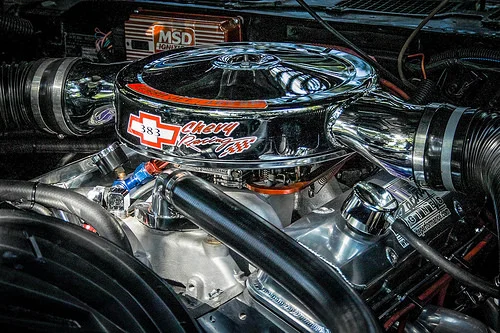
When a new site signs up we do a number of things to make sure it’s backed up, updated, secure, and running smoothly. We think our WP management service is a great value, but we also think these are things every WordPress site should do. So for the do-it-yourselfers out there, here’s how we do today.
Setup
First thing we do is make sure there are backups so we can fix anything that might go wrong. It usually doesn’t, but a back up is nice. We use UpdraftPlus for all our backups. It’s a great plugin and stores everything to Amazon\’s’ S3 storage solution for safe keeping. We configure it to automatically run every day.
Now that’s done, we see what needs updated. If the site hasn’t been updated in a while, then we need to do some research to make sure the plugins and themes will work with the latest stuff. Check the Updates screen and many plugins will state whether or not they work with the latest.
Compatibility with WordPress 4.5.3: 100% (according to its author)
For those that don’t, we find the plugin in the WordPress.org Plugin Directory. Checking the reviews and support tabs will usually surface any issues. If WordPress itself is really out of date, then the Directory is helpful to see if the current version is supported.
Next we check the theme. Although we don’t automatically update themes, it’s good to know if there are updates available and if they’ll work. This is something we just report on.
Next we remove any disabled plugins. They aren’t running on the site, but WordPress still loads them and they can be a security risk.
Are there any active plugins that aren’t used on the site? It’s pretty hard to tell without doing a more thorough audit. But sometimes there are obvious ones, like Hello Dolly, the sample plugin installed with WordPress. We disable and remove those too.
Next up is Akismet. Comment spam protection. If comments are turned off everywhere, then this can be removed. If comments are on and Akismet not set up with an API key, we set it up.
Anti-malware. We love the Anti-Malware Security and Brute-Force Firewall plugin and set it up next. Not only is it an amazing anti-malware scanner, it repairs issues it finds and also protects from some very common attacks, including Brute-force logins. Brute-force logins, arguably the most common way sites are hacked, are a program that just tries to guess the password by logging in over and over very fast.
Automation
To keep up on things we setup some automation. We already have the backups running every day. But what about updates and security scans?
WordPress core can automatically update itself and now that we’re starting from an up-to-date site, we make sure it does. In the wp-config.php file, we add the following if it’s not there.
define( \'WP_AUTO_UPDATE_CORE\', ‘minor’ );
This allows WordPress to auto update any minor updates, this includes security fixes. We don’t enable everything in here, because major updates and plugin updates can break a site, we like to make sure that doesn’t happen.
For the rest of the updates we use MainWP. This keeps an eye on everything and lets us auto update plugins we’re confident won’t break a site. For everything else, we manually update and verify those once a month.
MainWP also includes some other great features, like fixing common security configuration problems and scanning the site with Sucuri.
Performance
Lastly we take a look at performance. The biggest things that affect performance are too many plugins, caching, and images.
We’ve already audited the plugins, but if there are still a lot, like 15 or more this could be an area of improvement.
Next is caching. Some hosting companies take care of this at the server level. For the rest a caching plugin is helpful. We use WP Fastest Cache. It’s easy to setup and works really well.
Lastly, images. Not everyone knows how to optimize images for the web, and big images can cause slowness. WP Smush will automatically optimize images and speed things back up.
Done. Almost!
With everything set up. We’re set until the next update cycle, except for one thing.
Watch for security alerts. These are usually bugs that allow attackers in so we want to catch them as soon as possible. Usually there’s an update that we can install, other times the plugin has to be disabled until an update is ready.
We hope you find this helpful to keep your site updated and secure. If you want us to handle it, you can sign up for WP Support HQ here.
Photo by Jamiecat * CC v2
